Blog 26
5th – 9th August
Dusti (Tajikistan) to Ishkashim (Afghanistan)
Distance: 484km
Total Distance: 8687km
Apologies for the delay in producing the Afghanistan blogs. Many of you will know that I successfully completed the expedition accompanied by my excellent Afghanistan team. However, the two weeks was very intense and the internet, on the rare occasions it was available, did not have the bandwidth needed to post my blogs. I plan to write three blogs about our experiences. Here is the first one…
There is only one land border crossing open between Tajikistan and Afghanistan – Shir Khan. To continue the unbroken line of my journey, Karim drove Adrian, the filmmaker, and I to the town of Dusti, the nearest point to the Afghanistan border crossing that I cycled through on my way to the Pamirs. In the late afternoon I rode the 21km over a dry, hilly landscape from Dusti to the border to save time the next day. I knew the 6th, with the border crossing and a 75km ride to Kunduz, would be a long day.
Day 136
6th August – 75km
Karim dropped us back at the border early the following day as we wanted to be one of the first in line, but the Tajikistan side did not open until 9.30am. From where we were dropped, we hired a taxi for Adrian and our luggage while I cycled about a kilometre to passport control, and then had another short ride to customs. The Tajikistan side done, I again pedalled and Adrian took the bags in a car another kilometre or so, across the Panj River bridge and into Afghanistan. There, Azim with whom I had been organising the Afghanistan part of my expedition, was waiting to meet us.
Obtaining a visa at the border is the best way to get into Afghanistan, but it still takes time, patience and diplomacy. Azim was a master at dealing with border officials and getting through the process. The system involved registration, an interview (where the big boss wanted to show us he was a powerful man), customs scans and checks and lots of waiting. The process took about 4 hours. Adrian and I were through by 1.15pm.
It was surreal to be finally cycling in Afghanistan. For decades all we’ve heard about is war, the regressive treatment of women and poverty. I wanted to immerse myself in the real Afghanistan. As the visa officials were so keen to tell us, their country is completely different to the “misinformation” we hear about in Western countries.
Once out of the dusty border village I was into the fertile and vibrant Shir Khan Oasis. I passed through productive fields and small villages for about 10km. We stopped at a busy bazaar to buy a few supplies. Curious locals followed our every move, crowding around my bike as I was preparing to set off. Azim had to clear the way.
The oasis ended abruptly as I suddenly entered sand dune country. Being summer, the desert was totally barren although I noticed, closer to Kunduz, sheep gazing on the dry grasses. Drivers were obviously surprised to see me cycling along the main road and often slowed to my pace to ask “How are you?”, “Where do you come from?” “What is your name?” Sometimes they filmed or photographed me, other times they just stared and followed (alarmingly for me).
One driver, who seemed very polite and friendly, asked similar questions and filmed me using his phone before requesting that I stop, which I didn’t want to do. He eventually gave up and spoke to Azim in the support vehicle that was following a fair way behind. It turns out he was something to do with the Taliban and warned my team that I should be totally covered on my legs (I had a small amount of my lower legs showing because my below-the-knee cycling baggies didn’t reach that far and I only had short socks. He then warned them not to leave me cycling alone because there were still many people with guns. He also thought I shouldn’t cycle between Kunduz and Faizabad because it was dangerous; there had been much fighting in the region during the war, there was a lot of poverty and uneducated people with guns. I think it worried Azim a bit. I just pulled my socks up and continued to Kunduz. There was no way of telling whether the guy was a serious informant, or whether he was just warning us of what could happen.
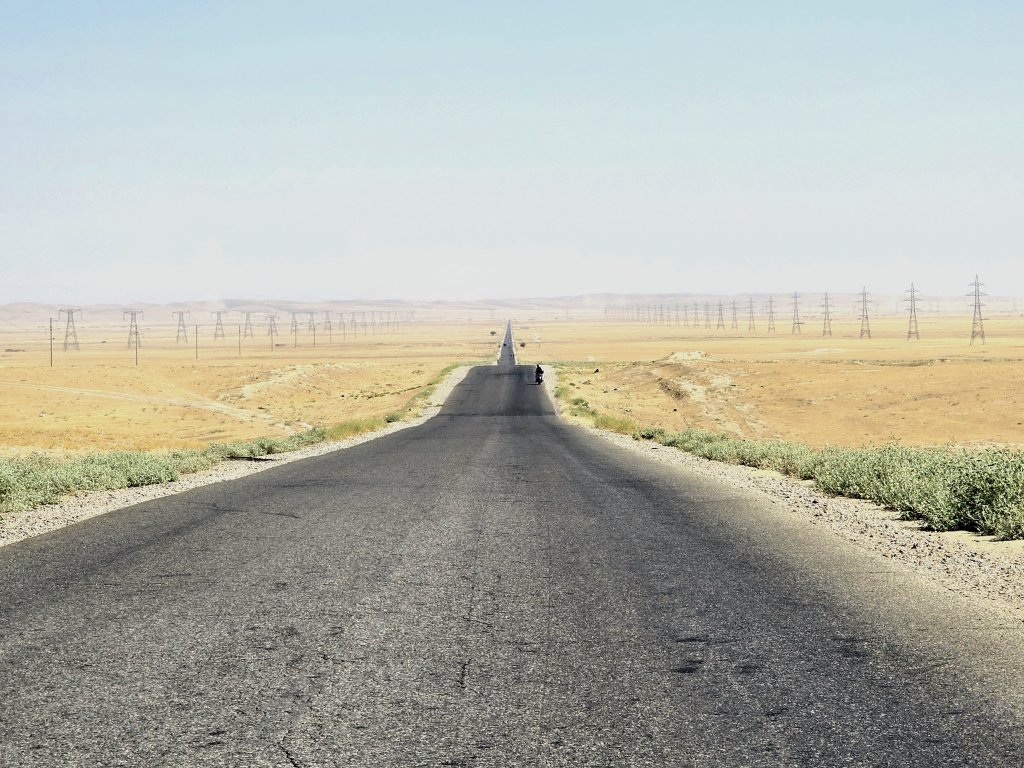
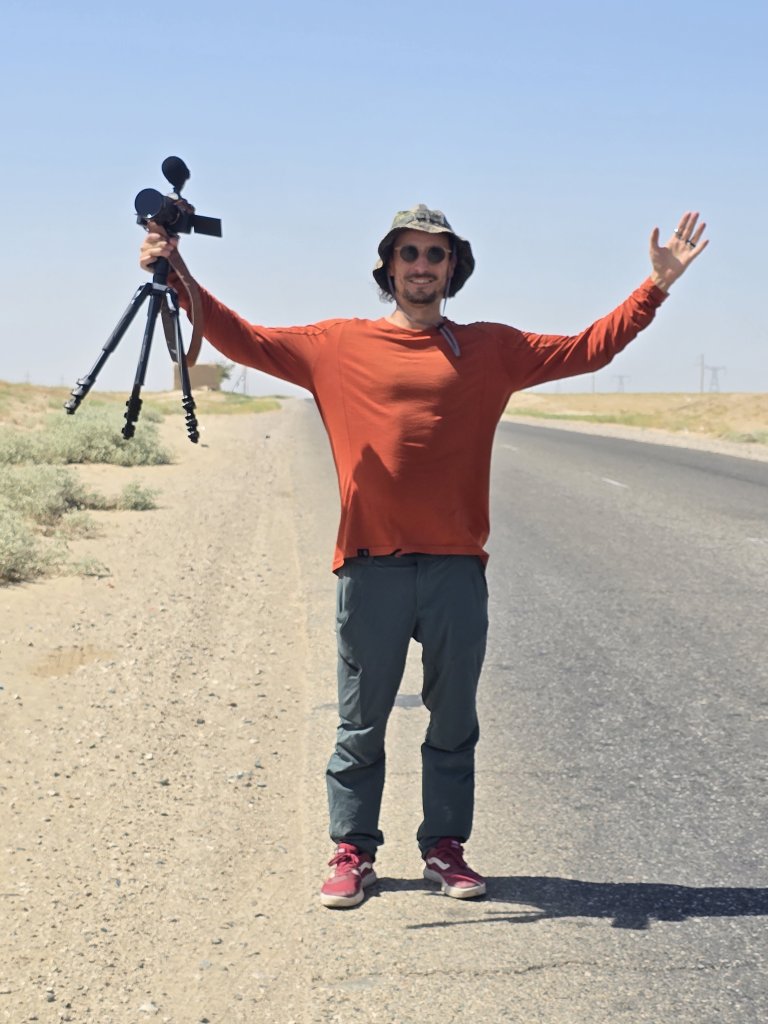
I hoped to get to Kunduz before 5pm because we were meant to have our visas stamped there on the same day of issue. Cycling through the centre of Kunduz was chaotic! There were tuk-tuks everywhere along with cars and trucks appearing from all directions. I had to go with the flow and keep alert. In situations like this I am faster than our support vehicle because I can squeeze through small spaces. We made it just in time to the Ministry of the Interior but they said to come back the following day.
My team was also joined by Rupert McCowan, CEO of the Royal Geographical Society in Hong Kong and, amongst many of his qualifications and interests, he is an expert on glaciers and determining river sources. Rupert had difficulties obtaining his Tajikistan visa in time. He had arrived in Dushanbe that morning with the intention of catching us up at the border but finally caught us in the evening at our hotel in Kunduz. It was great to be united and ready to move on.
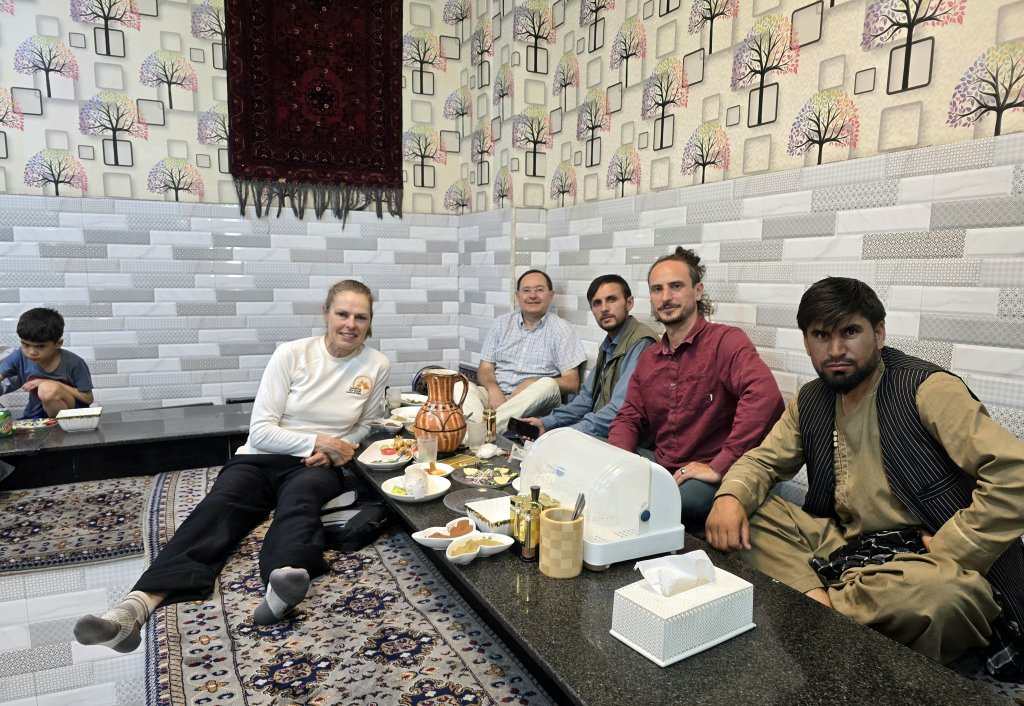
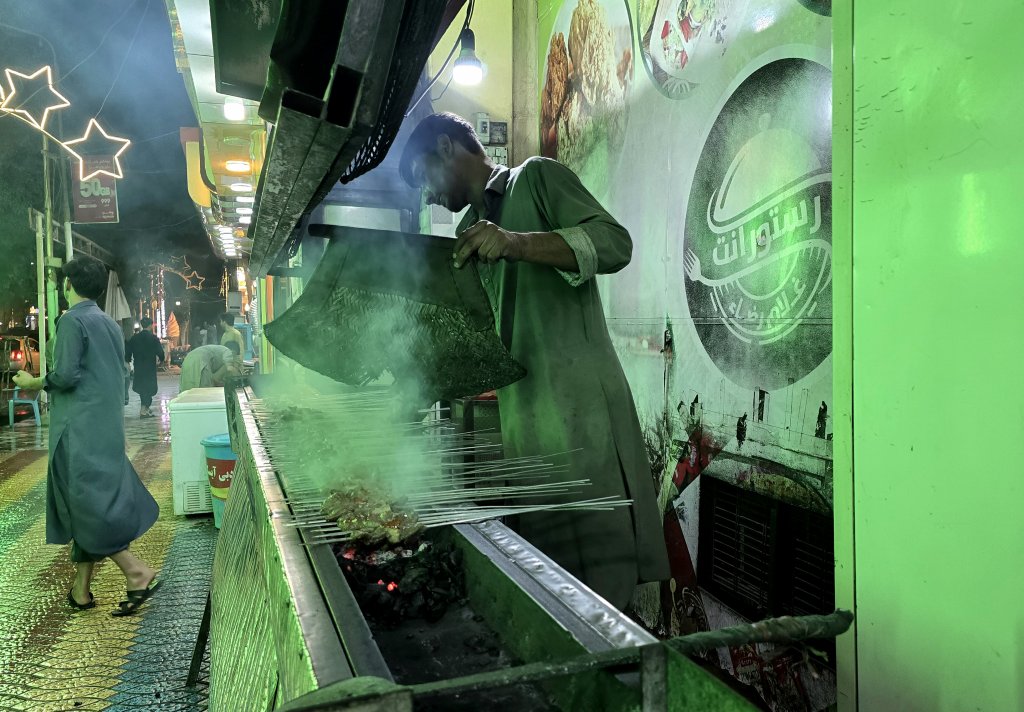
At dinner Azim explained that I wouldn’t be able to cycle to Faizabad because we had to get there the next day to collect our permits for the Wakhan Corridor, Faizabad being the capital of the Badakhshan Region where we were. I was very disappointed because an important reason for completing this section of the journey was to maintain a connected line throughout my journey. Azim also started citing the safety issues, but I felt that was more to put me off rather than there being a serious threat.
Days 137,- 139;
7th – 9th August
Kunduz to Ishkashim – 252km (+136km from Keshim to Kunduz completed on 18th/19th August)
I reluctantly sat in the vehicle for the drive to Faizabad (about 240km away). We reached a town called Keshim for lunch, having progressed slower than expected. At the restaurant, out of the blue, Azim suggested I start cycling from Keshim – we weren’t going to reach Faizabad in time that day to get our permits and the following day was a Friday when the offices would be closed.
A large crowd of boys and men gathered around me as I got ready. I prepared quickly and set off from Keshim at 2pm with the small trail of young cyclists following through the town on their bikes. The road was excellent quality, with more downhill than uphill. I made it all the way to Faizabad, 102km doing the last hour in the dark. For the 136km I missed cycling, from Kunduz to Keshim, we agreed that if I had time after finishing the expedition in the Wakhan Corridor, I could attempt the distance on the way back to Kunduz. This is effectively what happened and the next four images are from that journey. (I am just including it here rather than at the end of the journey as this is where it should fit in the story.)
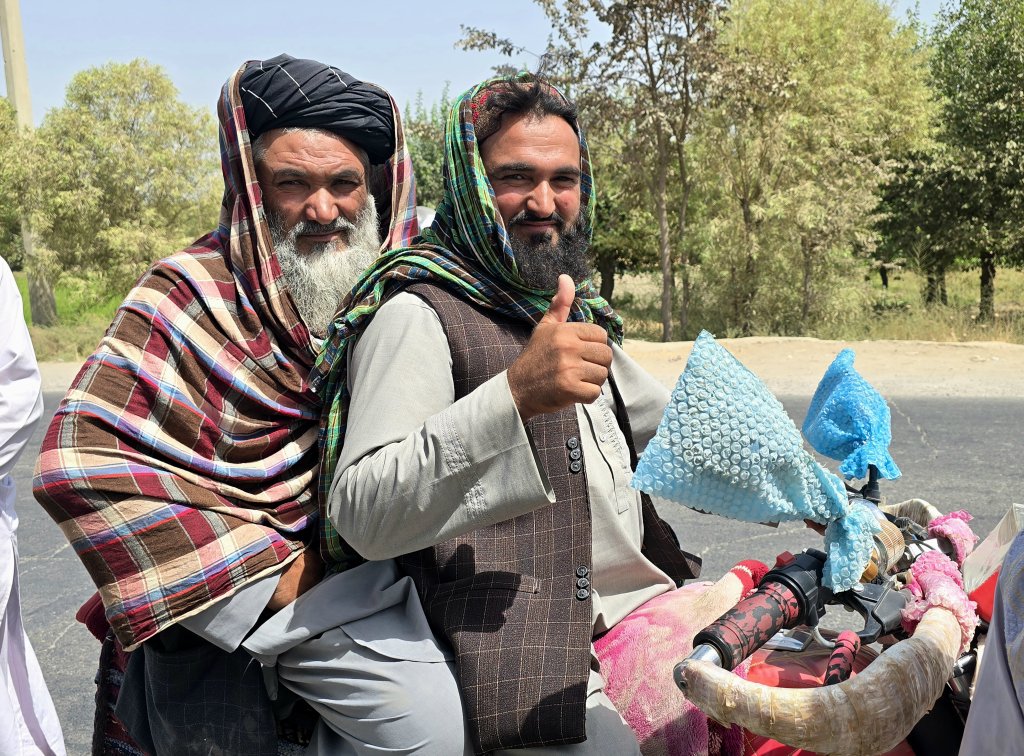
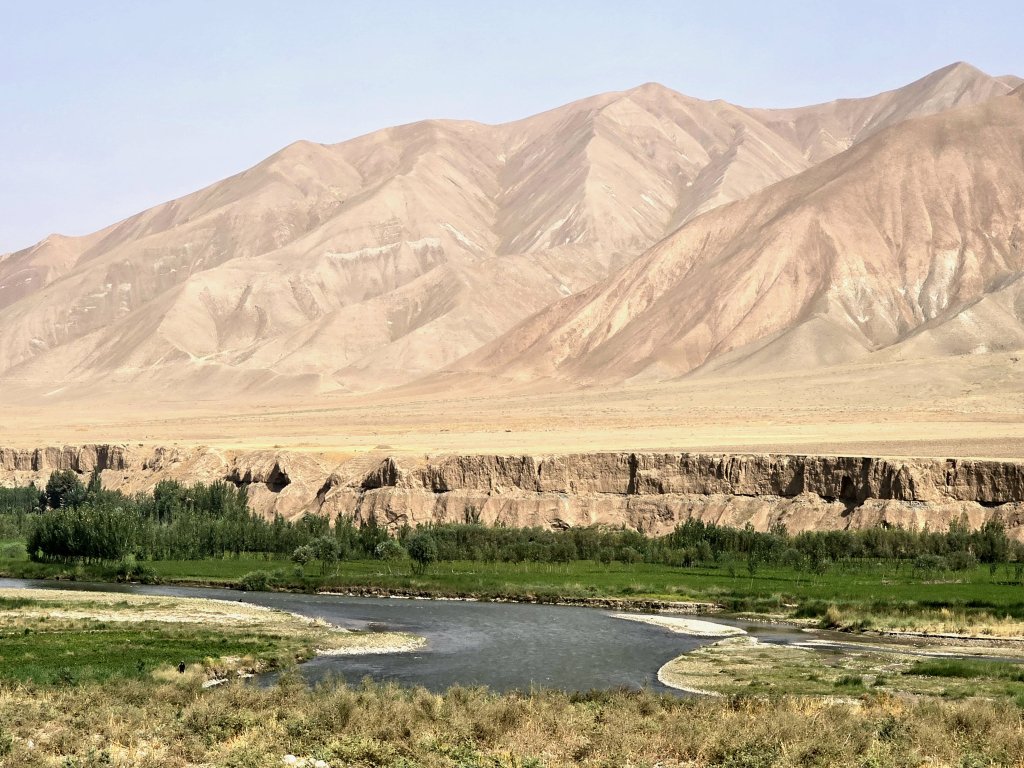
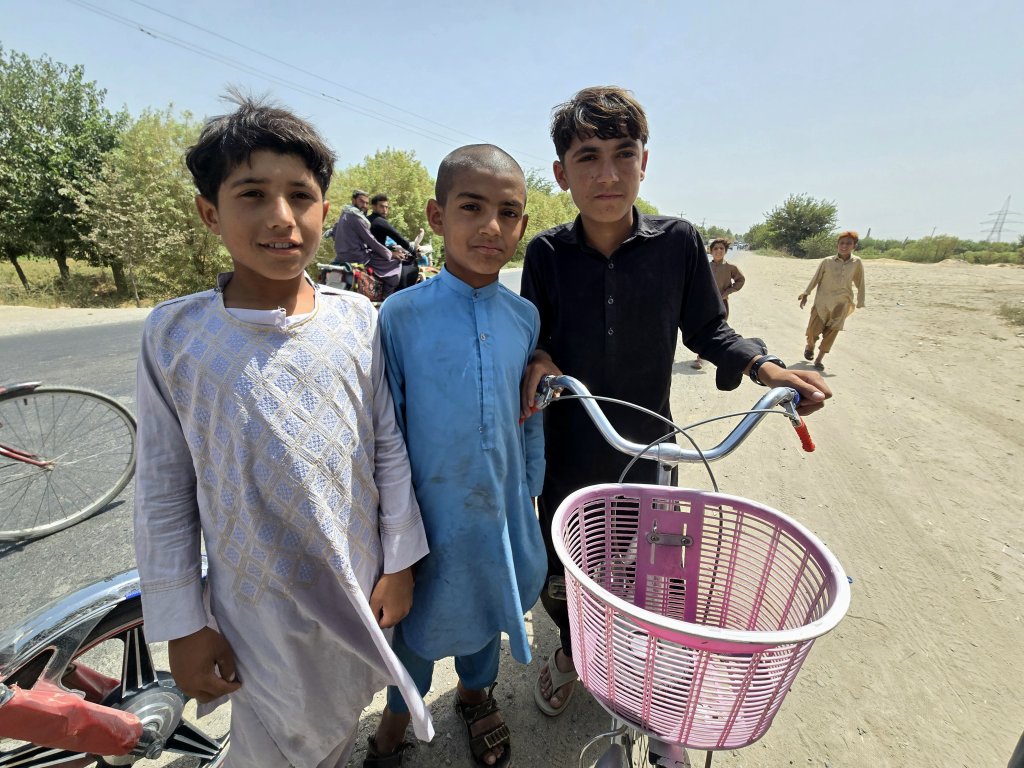
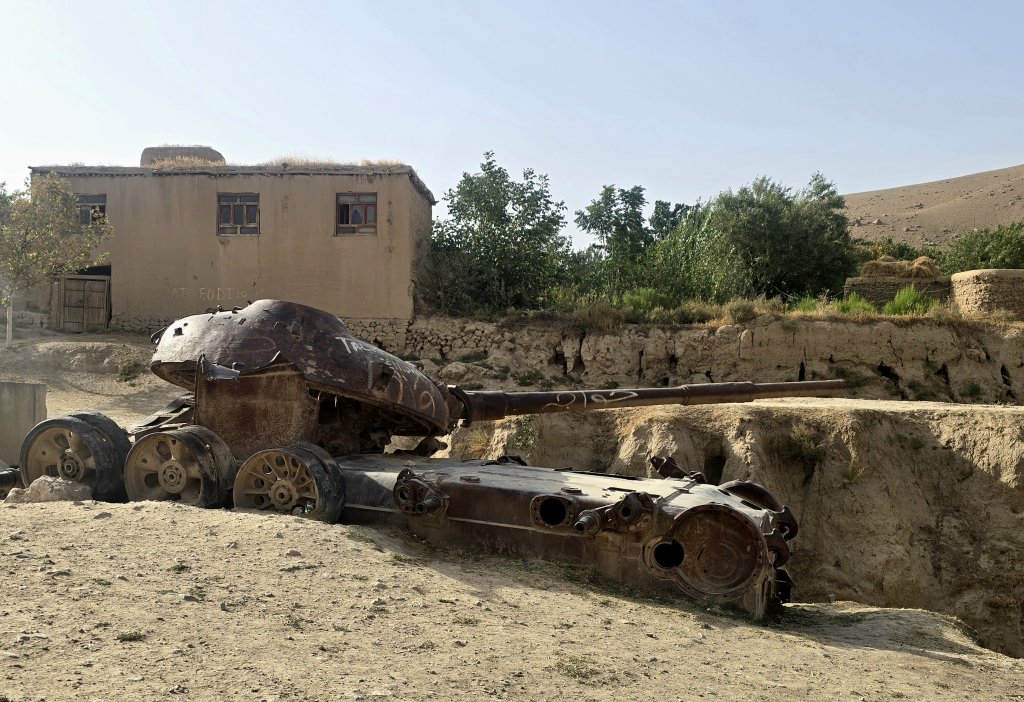
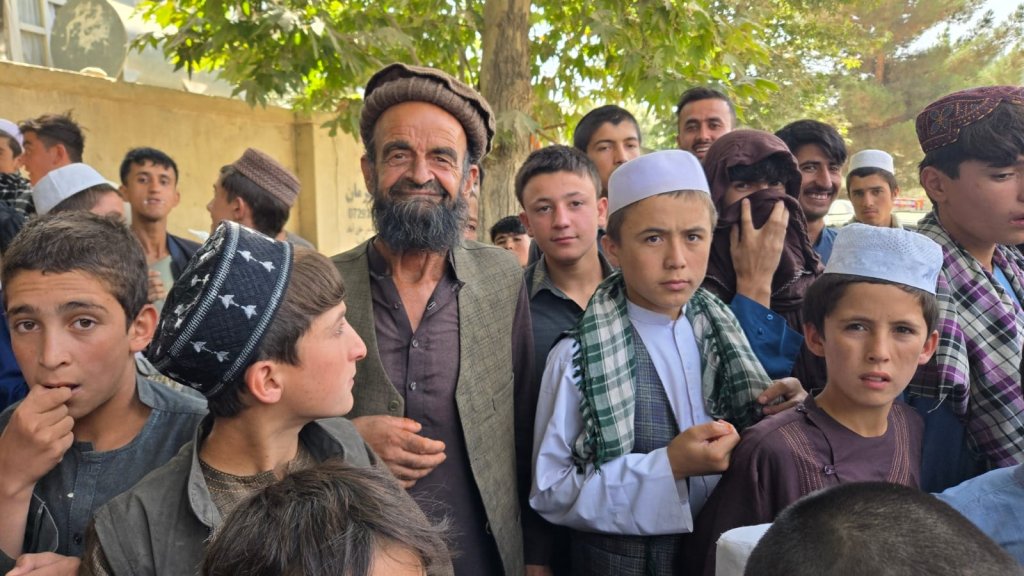
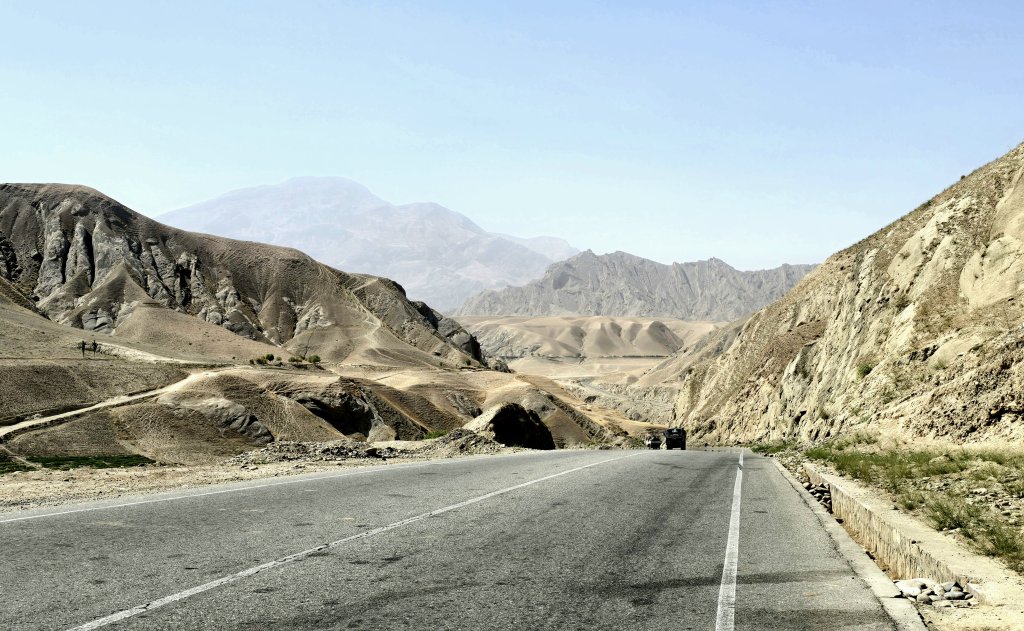
Offices in Faizabad are always closed on Fridays so we had to come up with a plan to not waste a day waiting to apply for our permits. My schedule was very tight – I could not afford to lose another day or I may not get to finish the expedition. We decided I should cycle out of Faizabad as far as I could, mark the spot, and then drive back to the city to get our permits early the next morning.
Once we had our permits, we drove to the point I reached the previous day, 85km (2.5 hours drive) from Faizabad. I then cycled the final 65km, over a 3000m pass to Ishkashim. It may sound a little complicated, but it was the only way I had a chance of keeping to the schedule and completing the distance I had planned.
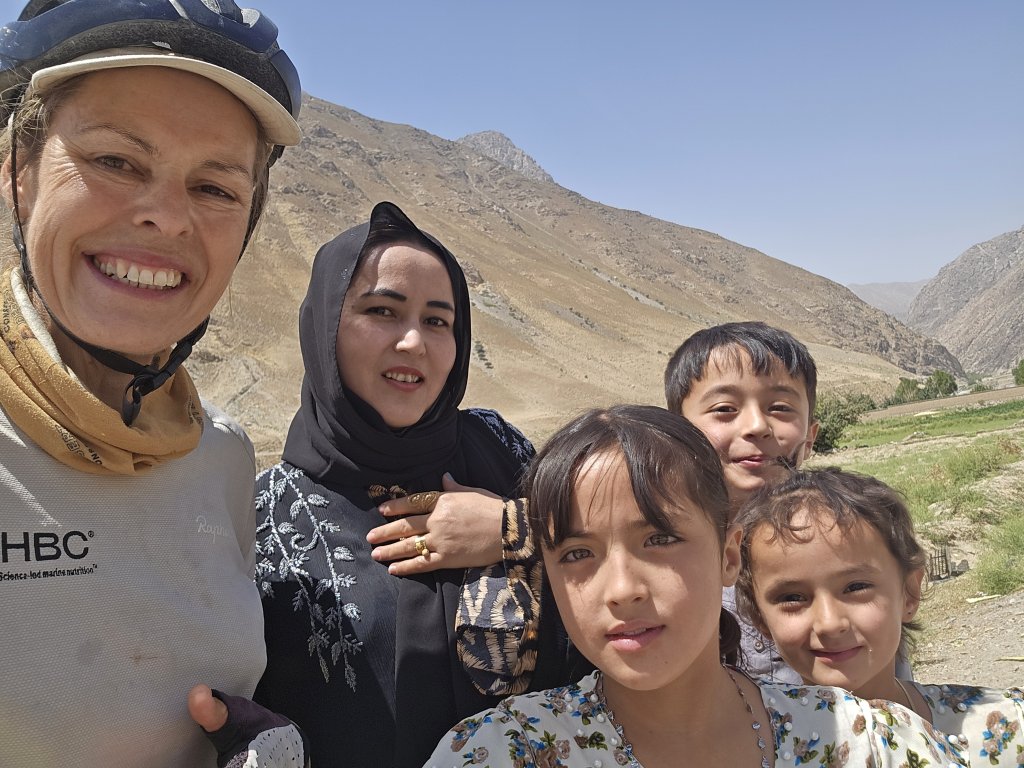
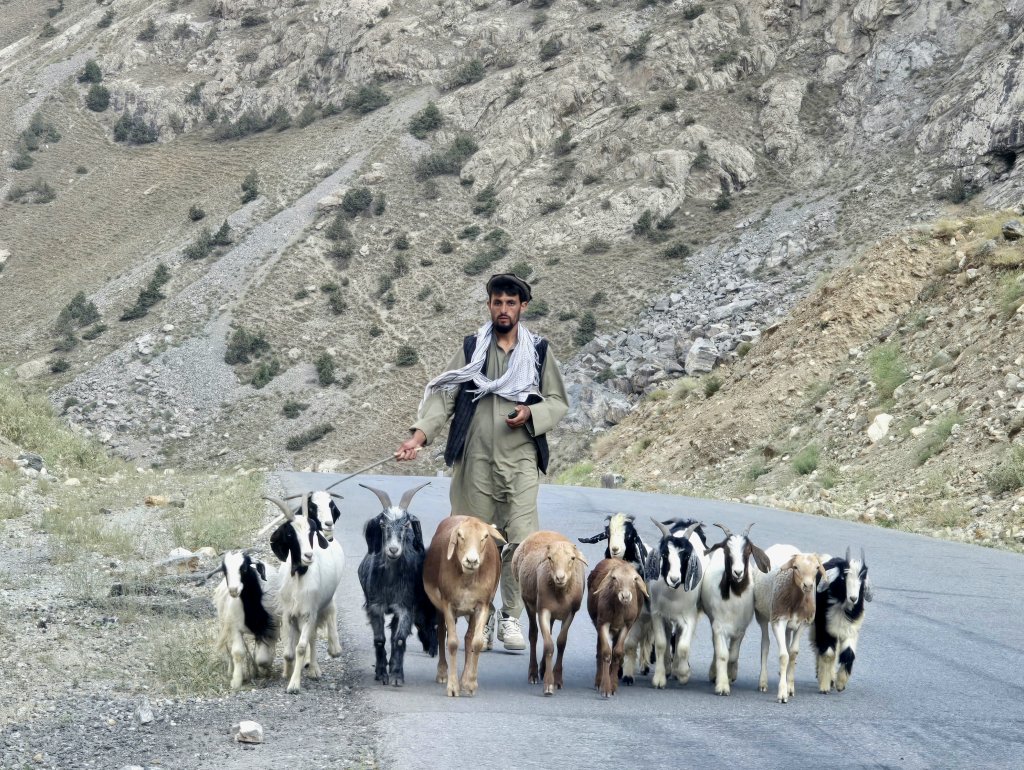
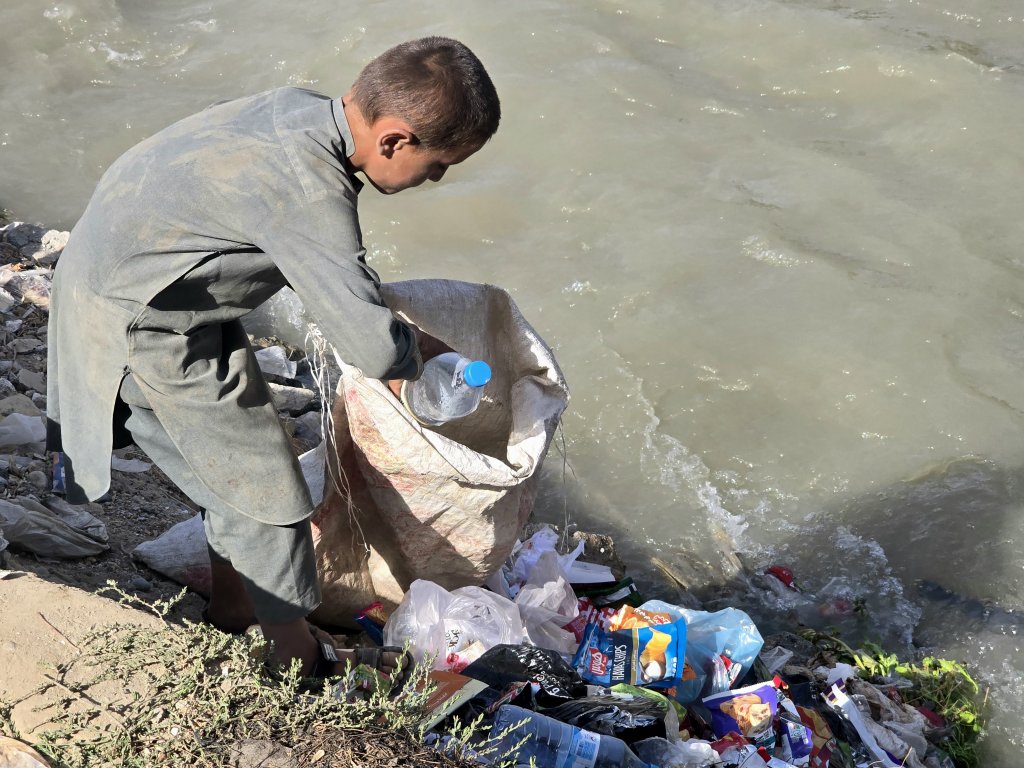
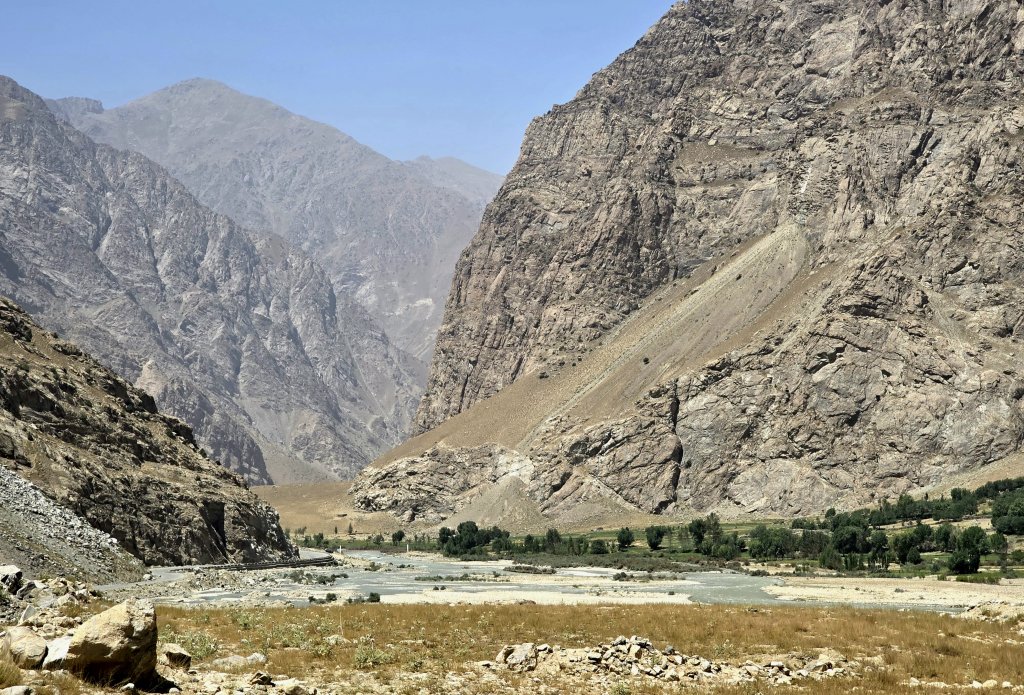
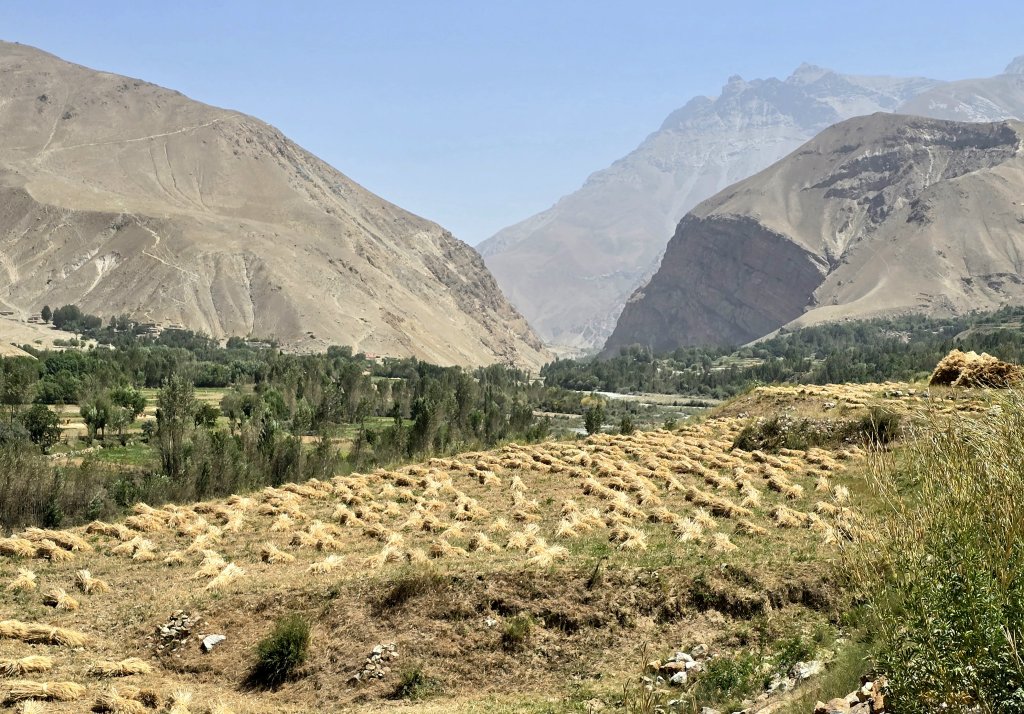
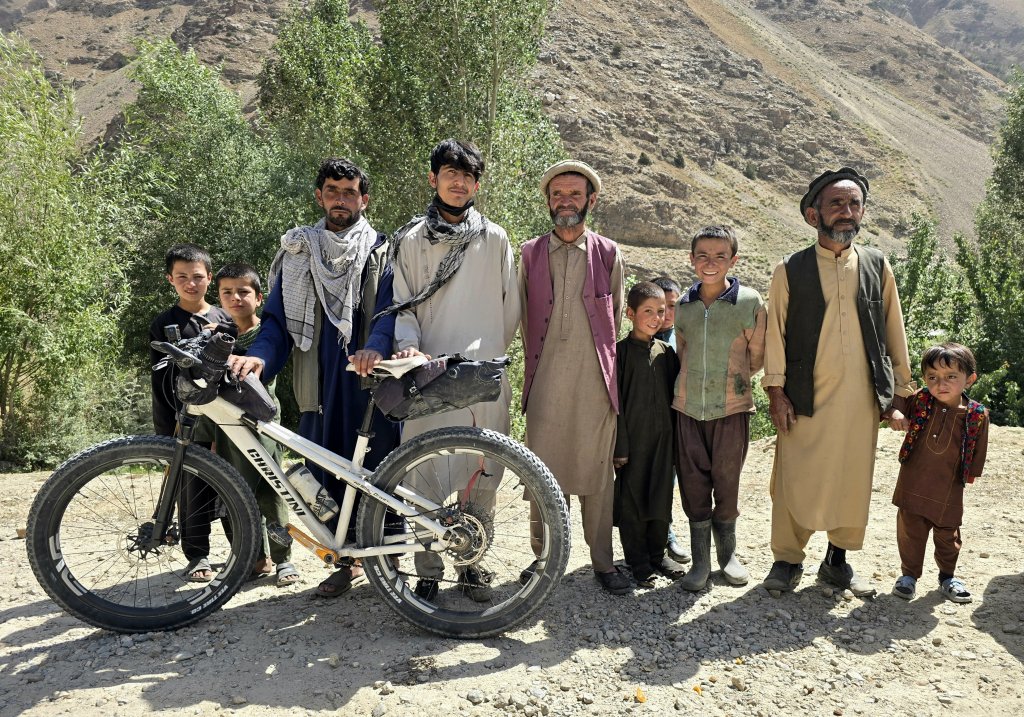
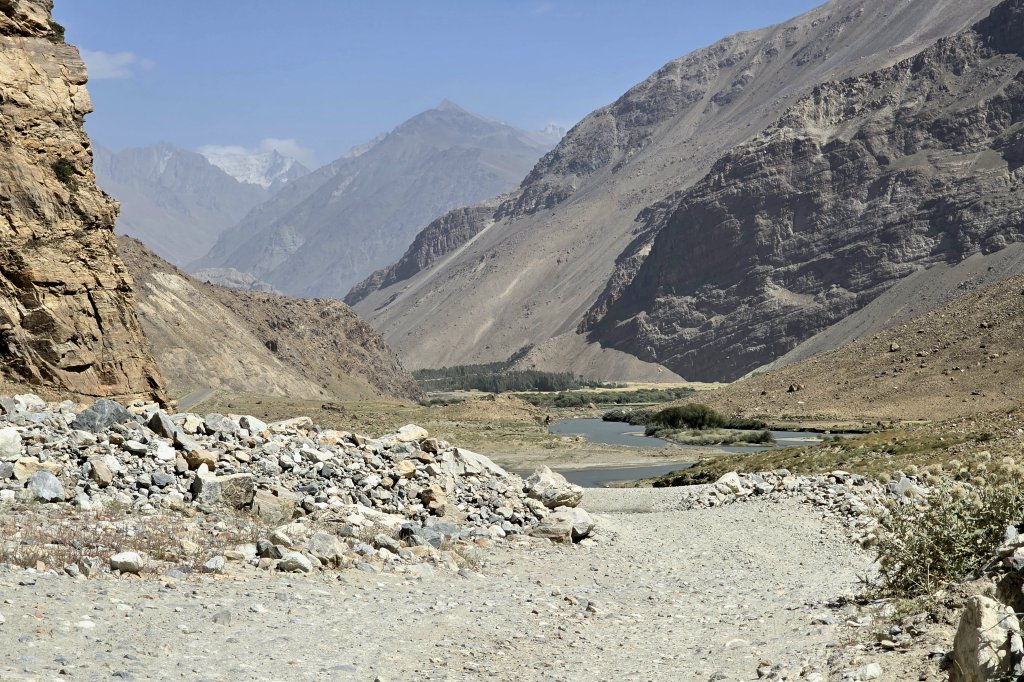
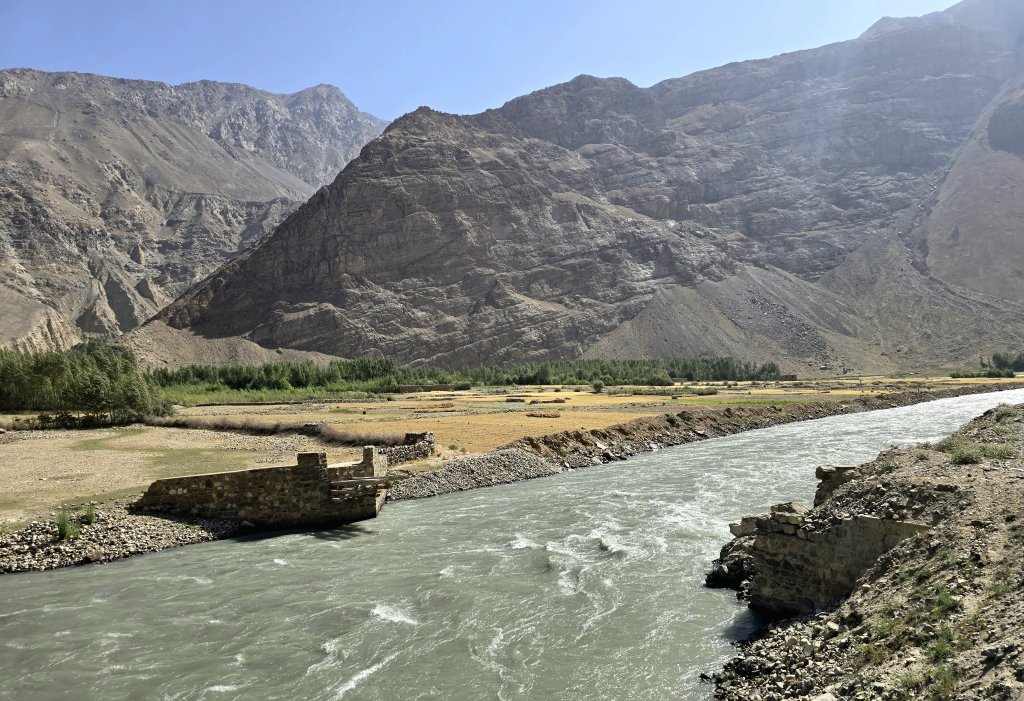
When the USA-NATO mission pulled out of Afghanistan, they left behind tens of thousands of Jeeps and other military vehicles. This was very convenient for the Taliban who now use the vehicles everywhere. The Taliban are very keen to be accepted as a legitimate government worldwide. At just about every checkpoint they would ask what I thought of the Taliban. Trick question! Of course I told them what they wanted to hear – that they had been very friendly towards myself and the team. This was true – they were very friendly. Several times they asked if I wanted to have tea with them.
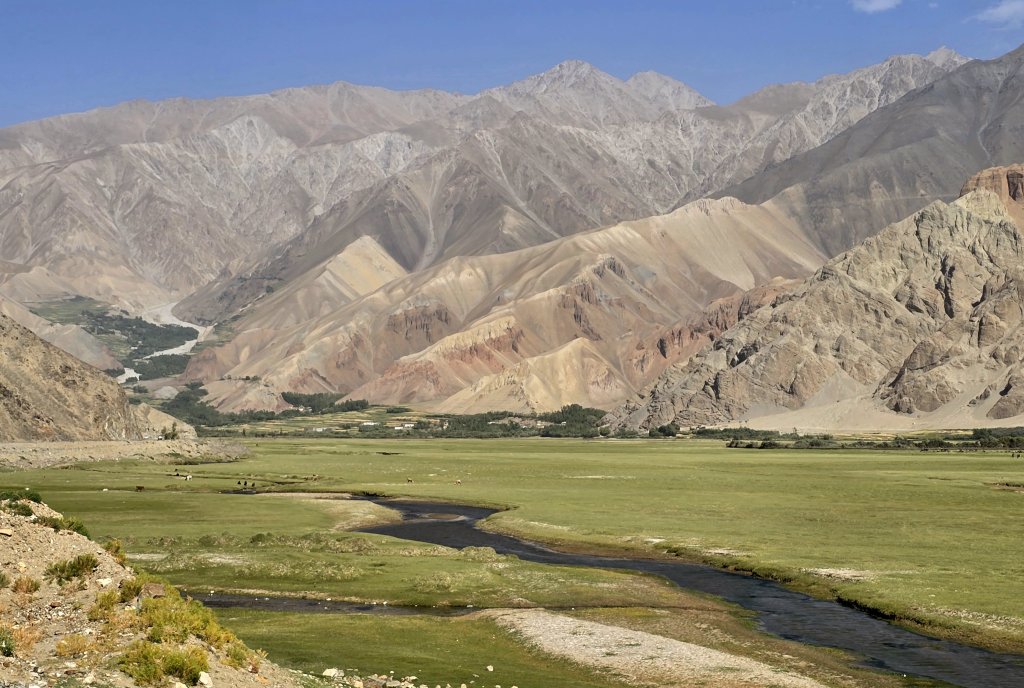
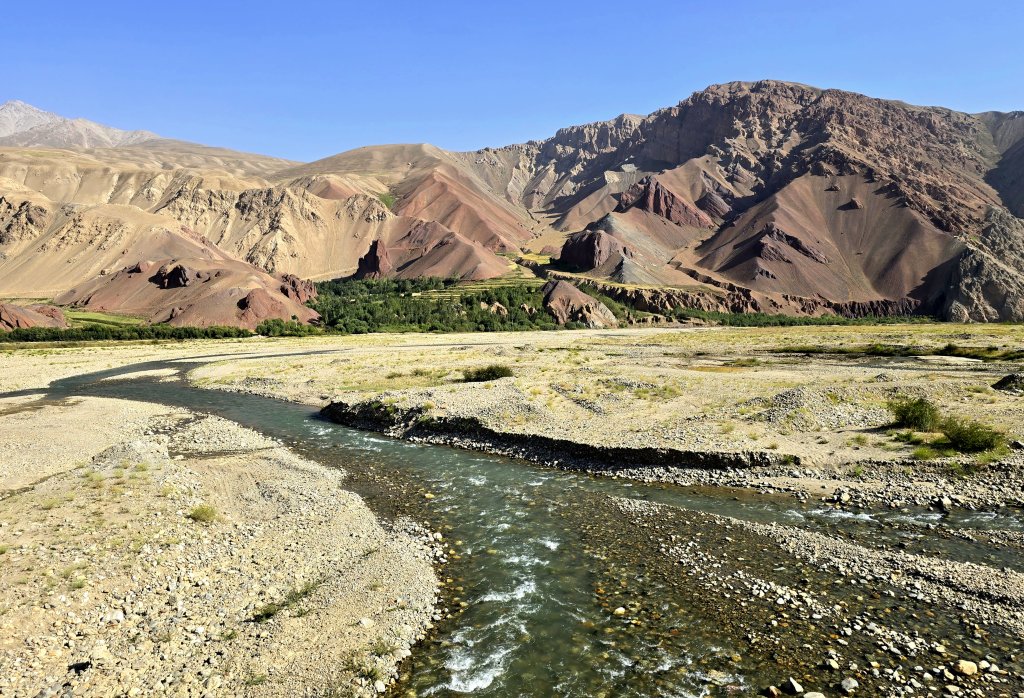
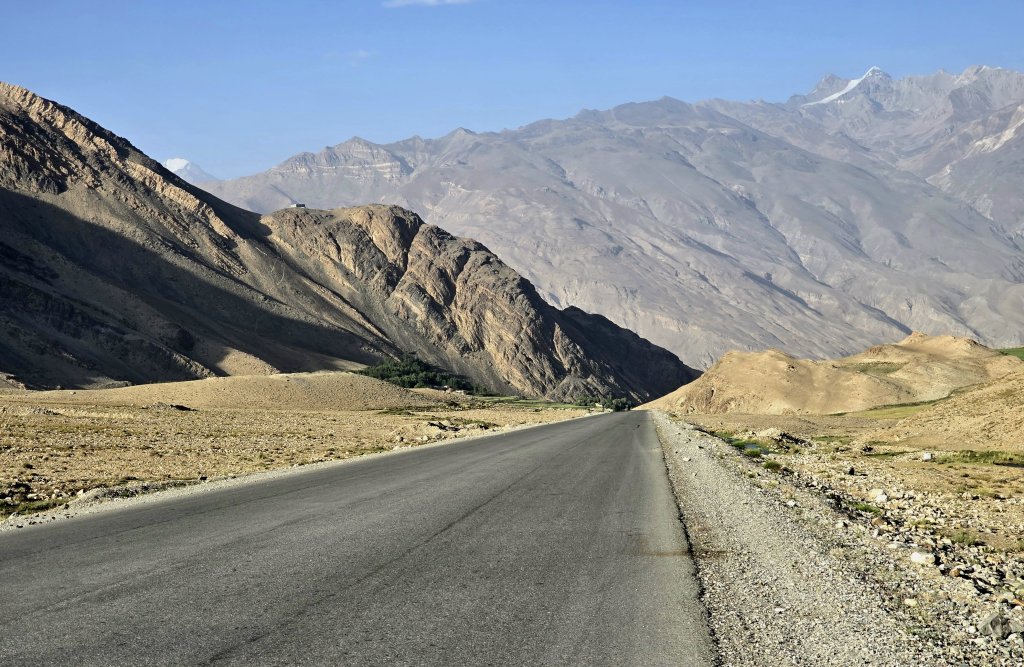
In Ishkashim we had just enough time to shop for our supplies at the bazaar. It was perhaps the most chaotic supplies shop I have ever done because no one had made any lists – no time for that – and we hadn’t determined exactly how much we needed. Somehow it all came together, however we bought too many supplies.
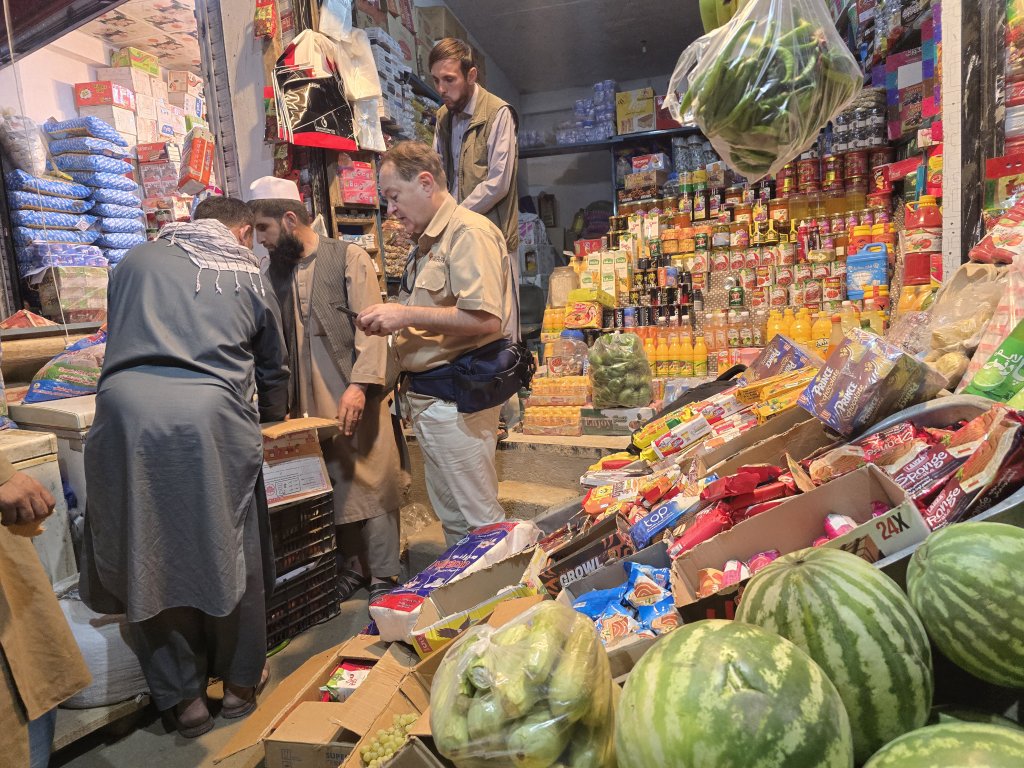
FOLLOW THE JOURNEY
Thanks to ZeroSixZero, you can open this URL on your phone and select “add to home screen” and the map will become and app. You can then keep updated in real time: https://z6z.co/breakingthecycle/central-asia
TAKE ACTION
Support my Water.org fundraiser to help bring safe drinking water and sanitation to the world: Just $5 (USD) provides someone with safe drinking water or access to sanitation, and every $5 donated to my fundraiser will enter the donor into the Breaking the Cycle Prize Draw. https://give.water.org/f/breakingthecycle/#
EDUCATION
An education programme in partnership with Exploring by the Seat of Your Pants, with contributions from The Royal Geographical Society and The Duke of Edinburgh’s International Award Australia. We have created a Story Map resource to anchor the programme where presentations and updates will be added as we go.









Leave a Reply